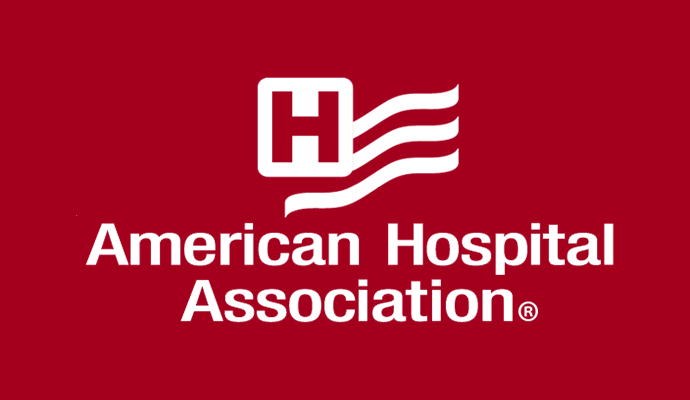AHA: Site-Neutral Payment Policies Hurt Hospitals
AHA CEO Rick Pollack took to the WSJ to criticize an opinion piece showcasing higher prices paid for hospital outpatient services.

Source: American Hospital Association/Xtelligent Healthcare Media
- As healthcare prices are put under the microscope, the American Hospital Association (AHA) is criticizing a cost-cutting method to reduce prices for outpatient services.
The hospital group’s CEO, Rick Pollack, wrote in a letter to The Wall Street Journal (WSJ) on August 1st expressing concerns about site-neutral payment policies under which payers reimburse the same amount for outpatient services regardless of whether they were performed in a hospital outpatient department or a physician’s office. The rates are generally lower than what hospitals would receive for outpatient services.
“So-called ‘site-neutral’ policies fail to account for the differences between hospital outpatient departments (HOPDs) and other sites of care,” Pollack explained. “HOPDs treat sicker, lower-income Medicare patients and those dually eligible for Medicare and Medicaid, with more complex and chronic conditions than those treated in independent physician offices or ambulatory surgery centers.”
“HOPDs are also required to comply with many more regulatory and safety codes and provide 24/7 standby capacity for emergencies. It’s appropriate that they be provided with differential payment,” Pollack added.
Pollack’s words are in response to an earlier opinion piece also published in the WSJ highlighting the different prices patients pay for medical services depending on where they are performed. One example cited in the article authored by former Louisiana Governor Bobby Jindal and health policy analyst Charlie Katebi was the difference between HOPDs and physician offices.
Jindal and Katebi identified “dishonest” hospital billing practices, such as hospitals charging patients fees for outpatient services as they “buy up the practices of local physicians.” More than half of physicians worked for a hospital or practice owned by a hospital by 2020, they said.
However, Pollack pointed the finger at payers and private equity firms for the healthcare consolidation trend.
“Health insurers and private-equity firms, not hospitals, are responsible for most of the acquisition of physicians during the past five years,” Pollack wrote. “As polling has shown, most physicians are choosing to become employed rather than operate their own practices due to increased costs and burden from policies like commercial insurer prior authorizations.”
Prior authorizations are considered the number one administrative burden for physicians, with doctors reporting not only adverse clinical events but also higher costs from the utilization safeguard employed by payers.
Site-neutral payment policies are harming hospitals, Pollack continued. The latest data from AHA and KNG Health Consulting shows Medicare beneficiaries that receive care at HOPDs are more likely to have an indicator of a social determinant of health that impacts outcomes. These beneficiaries are also 1.6 times more likely to enter the Medicare program due to disability and/or end-stage renal disease and have higher Charlson Comorbidity Index (CCI) scores than beneficiaries treated by independent physicians.
Most off-campus HOPDs already receive a site-neutral payment rate from Medicare under the current law despite major differences in patient mix. The policy aimed at reducing costs threatens patient access to care, AHA maintains.
A recent analysis published by the Blue Cross Blue Shield Association (BCBSA) found expanding site-neutral payment policies in Medicare would save $471 billion for the government program, private health insurance premiums, and consumer out-of-pocket costs over a decade.
“Rising prices for medical care are one of the main drivers of the [healthcare] affordability crisis in this country,” said David Merritt, BCBSA’s senior vice president of policy and advocacy.
Earlier this summer, the Medicare Payment Advisory Commission (MedPAC) recommended Congress adopt additional site-neutral payment policies for certain outpatient services to lower healthcare costs. AHA said at the time that the move would redistribute $7.5 billion in Medicare dollars for HOPDs and ambulatory surgical centers, with those in rural areas suffering the most
